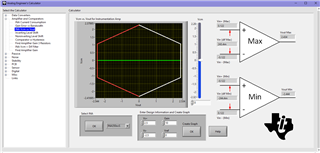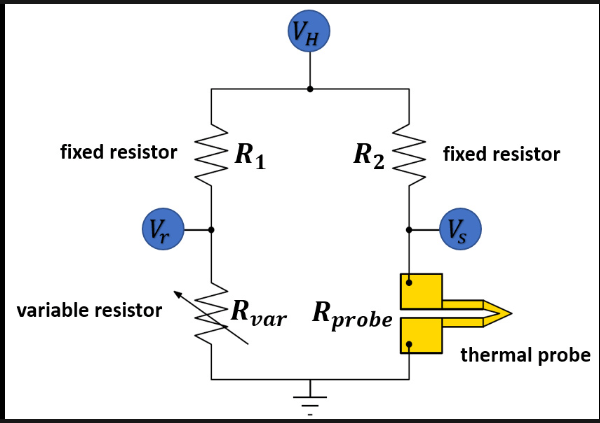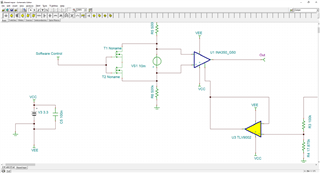Other Parts Discussed in Thread: TINA-TI, INA351, TMP235, TPS7A20, LM4040
Hi,
I am trying to build a circuit that amplifies the voltage for an input voltage range of -5 to 50mV. Using INA350 with a gain of 50 and the reference is set to 0.5V, further, the circuit schematics can be seen in the picture below.
With this setup laid out in Tina-TI, I tried inputting a range of values in the voltage source VS1(-6 to 50mV) but the output stayed the same at 510mV. There may be some problem with the circuit setup I can't figure out or perhaps I am missing a crucial specification of the part(INA350). Appreciate the help.
















